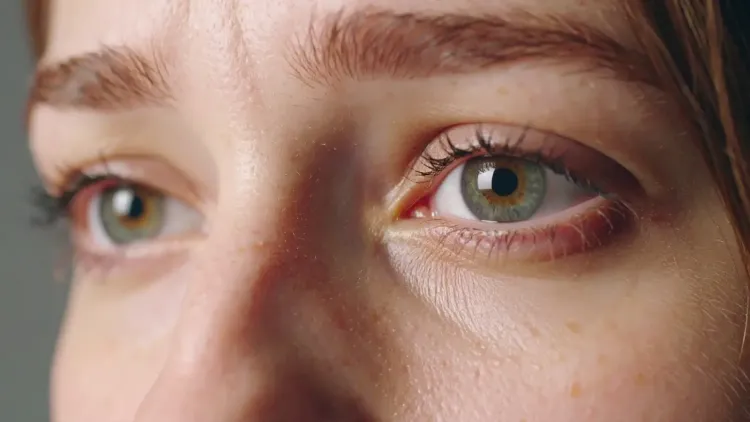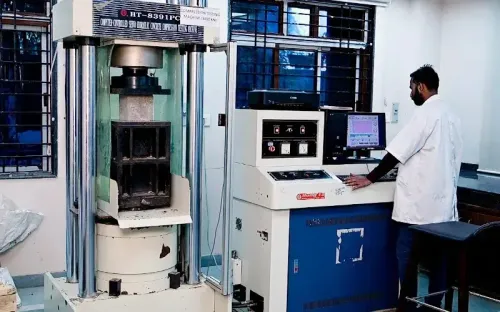Is Diabetic Retinopathy Going Unnoticed Until Vision Loss Occurs?

Synopsis
Key Takeaways
- Diabetic retinopathy is a significant cause of vision loss.
- Early detection through routine eye exams is crucial.
- High blood sugar levels damage retinal blood vessels.
- New treatments like bispecific antibodies show promise.
- Public awareness and screening initiatives are essential.
New Delhi, Sep 27 (NationPress) Diabetic retinopathy is swiftly becoming the primary cause of vision loss in India, often going unnoticed until significant vision impairment occurs, health professionals revealed on Saturday, in light of World Retina Day. This day is marked every year on the last Sunday of September to enhance awareness regarding retinal health.
As India holds the title of the diabetes capital worldwide, the rise of diabetic retinopathy is a pressing concern in the nation. Consequently, early detection is vital, according to the experts.
“Diabetes has become an epidemic in India, and diabetic retinopathy is quickly turning into a public health dilemma. It is emerging as one of the top causes of visual impairment in the country,” stated Dr. Praveen Vashist, Professor and Officer In-charge of Community Ophthalmology at RP Centre, AIIMS, New Delhi.
“Diabetic retinopathy is among the most frequent and severe complications for those with diabetes, yet it often goes unrecognized until vision loss has occurred,” added Dr. Vishali Gupta, Vice President of VRSI & Head of Retina at PGIMS.
The National Blindness and Visual Impairment Survey of 2019, conducted by RP Centre, AIIMS, revealed that nearly 12 percent of individuals aged 50 and above are diabetic.
Out of this group, around 17 percent are affected by diabetic retinopathy. Alarmingly, only about 10 percent of diabetics have ever had a retinal examination for diabetic retinopathy, indicating a major gap in early detection and preventive care.
Gupta explained to IANS, “In simple terms, prolonged high blood sugar levels damage the tiny blood vessels in the retina—the light-sensitive tissue at the back of the eye—resulting in diabetic retinopathy.”
What makes this condition particularly alarming is its potential to progress stealthily without any noticeable symptoms during its early phases.
“As time passes, these weakened vessels may leak fluid or bleed, leading to swelling, scarring, and even the development of abnormal new vessels, culminating in a condition known as Diabetic macular edema (DME), which can jeopardize vision,” the expert remarked.
Historically, laser therapy and anti-VEGF injections have been standard treatments for DME. However, recent advancements in DME treatment are reshaping patient outcomes.
This includes the use of bispecific antibodies, which provide hope by targeting multiple disease pathways at once, aiding in reducing inflammation, controlling abnormal vessel growth, and preserving vision for extended periods with fewer treatments.
“These innovations are crucial in a nation like India, where the burden of diabetes is rapidly escalating,” Gupta emphasized, urging for early detection to improve outcomes.
“Delays in screening and diagnosis often lead patients to seek help when significant, sometimes irreversible damage has already occurred. In advanced stages, the disease not only hampers treatment effectiveness but can also lead to complete blindness, affecting a person’s independence, quality of life, and productivity,” Gupta elaborated.
The experts recommend regular eye examinations as a standard component of diabetes management.
“It is imperative to promote public awareness and systematic screening initiatives for diabetic retinopathy at a national level. Achieving at least 80 percent screening coverage among diabetic individuals by 2030 would be a realistic goal. This approach is essential to mitigate the burden of preventable blindness and ensure timely intervention for those at risk,” Vashist concluded.









